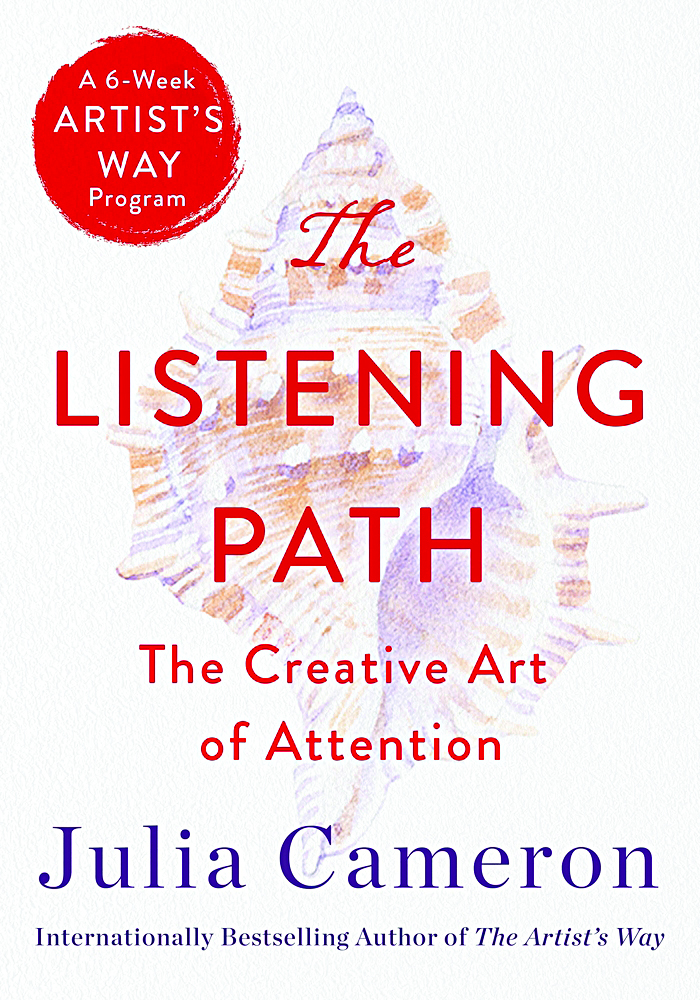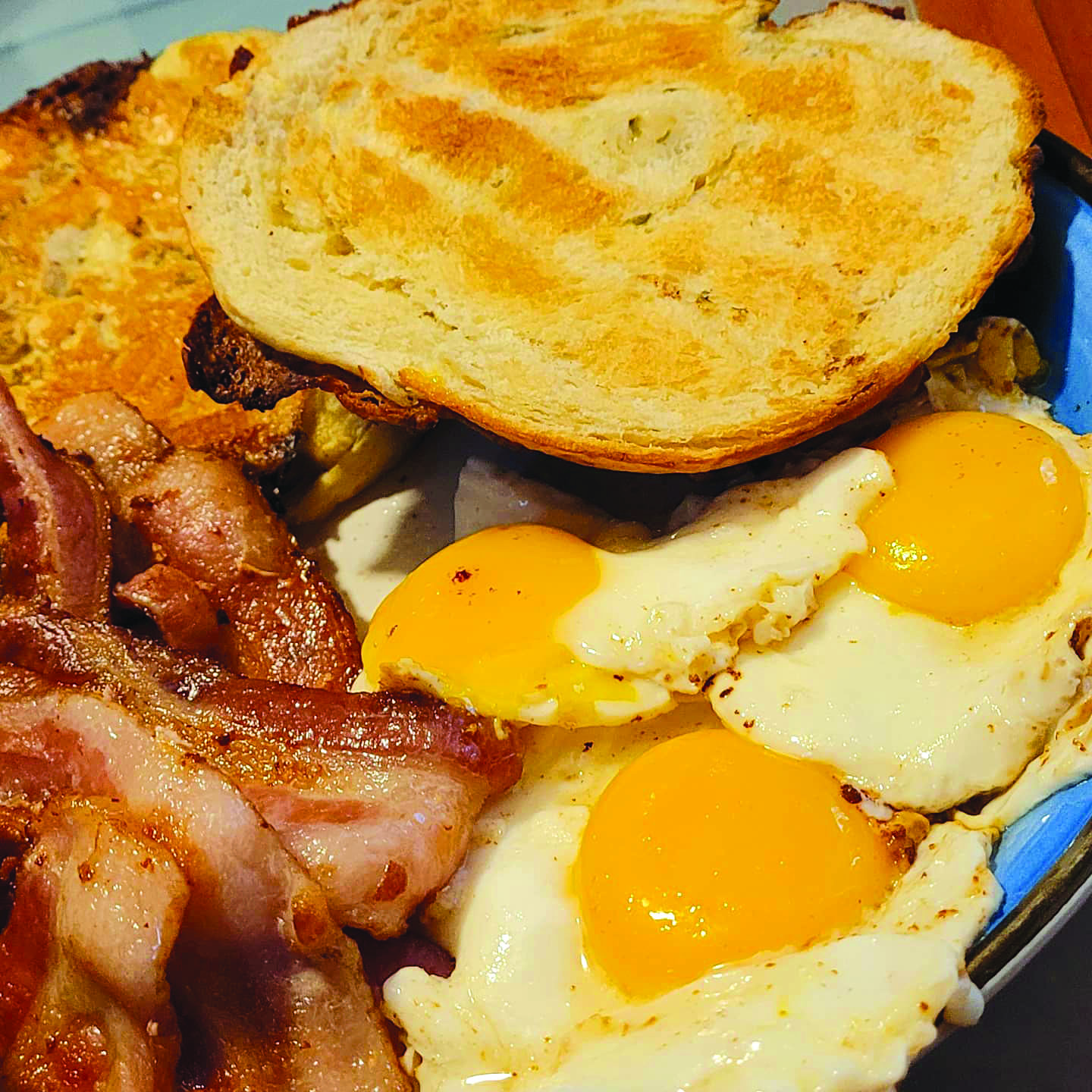The White Tiger (R)
A young man from an impoverished town in India tries to grab his piece of his country’s bright economic future in The White Tiger, a new movie on Netflix.
Balram (Adarsh Gourav) has seen his ambitions crushed all his life. As a child, he loses a chance to go to a good school on scholarship when his grandmother (Kamlesh Gill) forces him to go to work. Later, the social caste system keeps him literally on his knees when dealing with his new employer (Mahesh Manjrekar), who is treated as something of a feudal lord of Balram’s village. Balram heads to the city to serve as a driver not for the man or his horrible oldest son, the Mongoose (Vijay Maurya), but for his more Western-cultured second son, Ashok (Rajkummar Rao). Ashok went to school in America and seems queasy about issues surrounding the way wealthy people treat the people who work for them. Pinky (Priyanka Chopra), his Indian-born but American-ized wife, seems even more uncomfortable with it. Their discomfort does not, however, always translate into being better employers. Nor does Balram always know what to do with himself in their monied urban environment, where he constantly feels his lack of worldliness and simmers with anger even as he is also hungry to find a way into this life. Add this to the fact that his family back home still gets most of his paycheck — their very survival even becomes his responsibility once his employers use them to coerce him into a ruinous decision — and it seems that no amount of eager hard work will allow Balram to get ahead.
Which is, of course, the point. This movie has a lot of the same elements about the grind of poverty as Parasite, but presents them bleaker, if that’s possible. Balram comes to the decision that he basically has no choice but to do things he finds unethical or even immoral; the system doesn’t allow him to be a good person and survive. There is also a fair amount about the idea of being a servant versus an employee; what is the difference between an economic system that allows someone to be employed and one that requires servitude in what again reads as a more feudal sense? All this is presented with humor, bleak humor, but humor and an engaging storytelling style (this movie makes a narration frame and some time jumps work) and a strong performance from Gourav that pulls you in. B+
Rated R for language, violence and sexual material, according to the MPA on filmratings.com. Directed by Ramin Bahrani with a screenplay by Bahrani (from the novel by Aravind Adiga), The White Tiger is two hours and five minutes and is available via Netflix.
Some Kind of Heaven (NR)
Retirees enjoy a new carefree chapter of their lives — maybe — in Some Kind of Heaven, a documentary about four people living at The Villages in Florida.
“An endless cruise with everybody from high school” — what is your response to that statement? If you think “woo-hoo sign me up for the Jimmy Buffett margarita parties,” The Villages, the pre-planned retirement community that seemingly features every kind of amusement in a sort of large outdoor mall/golf course-like setting, might be for you. If it sounds like the kind of “heaven” that you and your philosophy professor buddy figure out is actually The Bad Place, then this movie will reinforce that reaction.
It follows four people living (sort of) at The Villages. The “sort of” is because of Dennis, who is about 80 and lives out of his van. He has come to The Villages with no permanent address and hopes to meet a woman with some money to live with.
Barbara is more organically looking for companionship; she moved to the Villages with her husband, who later died. She seems like she wishes she could return to her home in Massachusetts but as it is she has to work for a Villages medical office to make ends meet. She is just barely starting to get “out there” again, when we first meet her.
Anne and Reggie, a long-married couple, are still together — for better or worse. Anne seems to be left largely alone by Reggie, who throughout the documentary seems to be in the middle of some kind of serious, needs-medical-help episode. (Late in the movie he says an MRI discovered he’s been having small strokes.) He seems to be having delusions (which the movie seems to suggest are either caused by or made worse by recreational drugs he takes) and is making some pretty terrible life decisions, such as choosing to represent himself when he’s facing cocaine possession charges. Reggie rambles on about his spiritual journey and his newfound freedom but Anne goes from looking scared for him to seeming near the point of bubbling over with rage.
Generally, the men depicted here seem to have it better than the women — Dennis is able to float by for a good while and we meet a man whom Barbara likes and who seems to be having a truly great, carefree time. The movie doesn’t get into the gender dynamics of The Villages that much and I wanted to see more. What we’re left with is a “guys get to be 18 again, women have to put up with it” sense of the situation that may or may not reflect any kind of reality. There are a lot of “what about people with some different kind of life experience” or “Villages residents who are 80 versus Villages residents who are 55” questions I had that this movie doesn’t address. It doesn’t have to, necessarily, but since it does seem to want to be making a larger statement about the community, not just the central people, I did want more about the Villages society. There are times when it just feels like you’re watching four people’s misfortunes rather than getting a glimpse at a specific world.
Those stories are very engagingly told. I feel like we get to know Barbara the best and she was the one I found myself cheering on. She seems the least delighted by the Villages as a concept, with its fakey Spanish colonial facades and its million social clubs. Though I could see how this could come off as a purely negative look at the Villages, I feel like this documentary does show people enjoying their lives there and the return-to-college, eternal-tropical-vacation feel of the place. It does seem to be a kind of heaven even if it clearly isn’t everybody’s. B
This movie doesn’t appear to be rated. Directed by Lance Oppenheim, Some Kind of Heaven is an hour and 21 minutes long and is distributed by Magnolia. It is available for rent (including via Red River Theatres virtual theater).
Featured photo: The White Tiger






